Are you someone who loves to go on camping trips and explore the great outdoors? If so, it’s important to be prepared for unexpected situations like getting lost in the woods. Here’s how you can survive for several days and nights if you find yourself in such a situation.
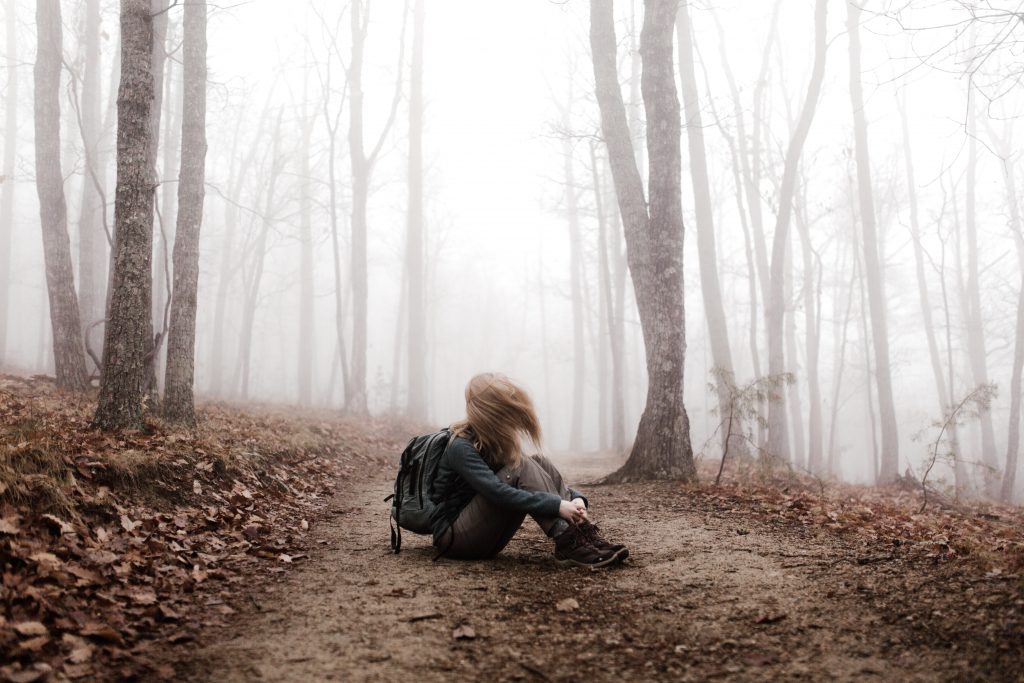
First and foremost, it’s crucial to stay calm. Panicking will only worsen the situation and drain your energy. Instead, take deep breaths and assess your surroundings.
- Do you have a map and a compass?
- Do you have a phone or any other communication device?
If not, it’s time to look for shelter and start a fire to signal for help.
When it comes to building shelter, look for a dry, flat area and gather materials such as branches, leaves, and moss to create a makeshift shelter. It’s also important to stay dry and warm, so try to build your shelter near a source of water and keep it close to the ground to retain heat.
Food and water are essential for survival. When it comes to finding food, look for berries, nuts, and insects. If you’re near a water source, make sure to boil or purify the water before drinking it to avoid getting sick.
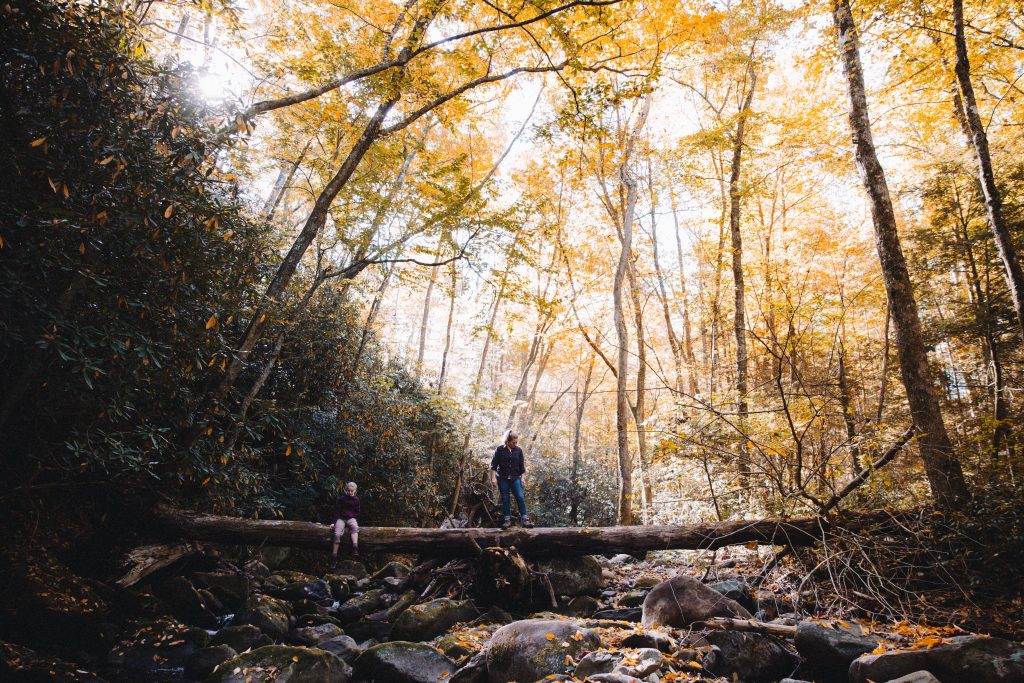
Finally, it’s important to stay alert and listen for rescue efforts. Yelling and creating loud noises can attract attention, but it’s also essential to conserve your energy.
In conclusion, surviving in the woods requires a combination of calmness, resourcefulness, and preparation. By building a shelter, finding food and water, and staying alert, you can increase your chances of survival until help arrives. Remember, always tell someone where you’re going and when you’ll be back before embarking on any outdoor adventures.

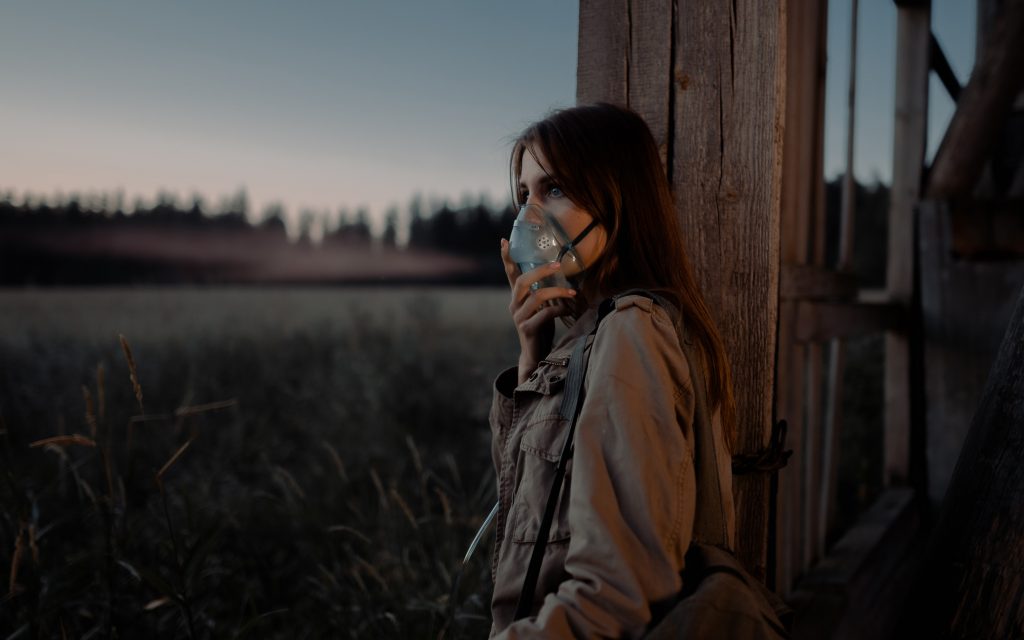
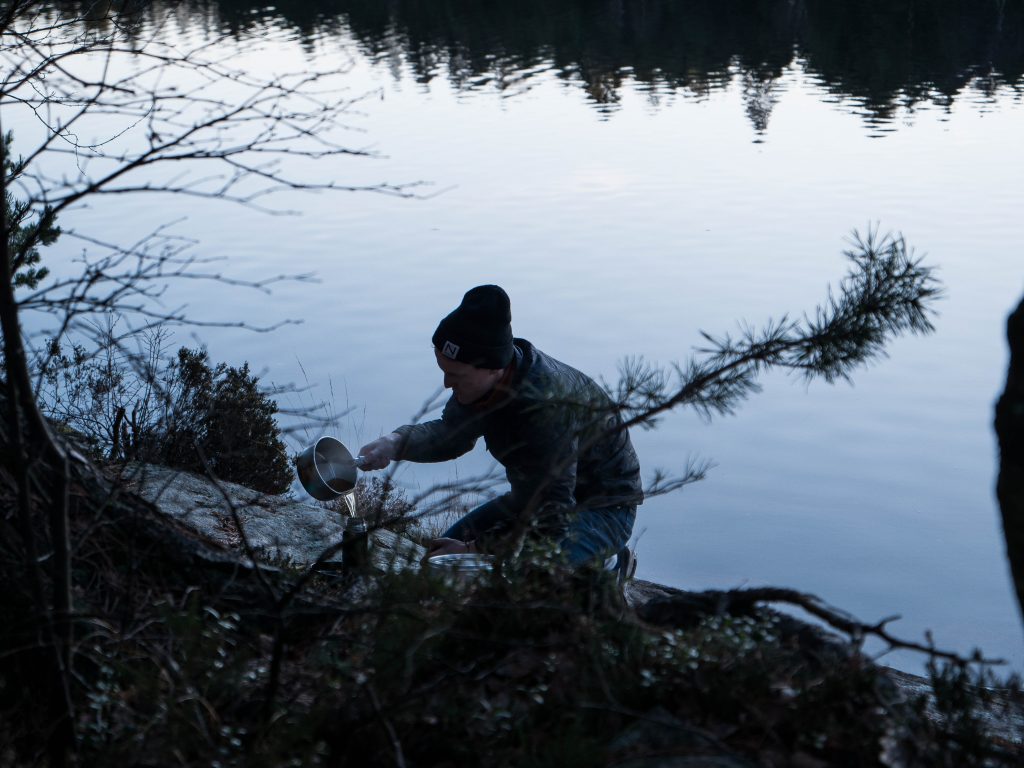
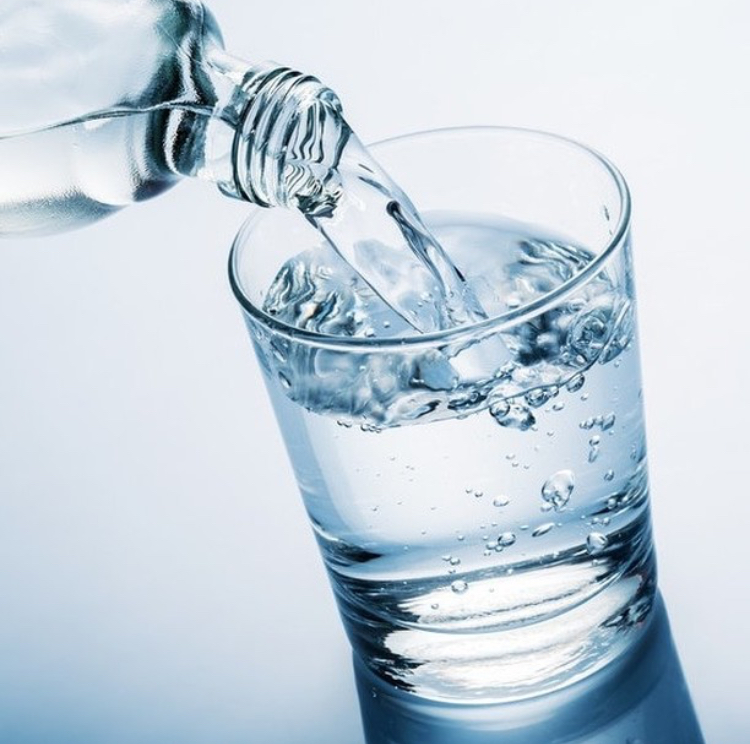
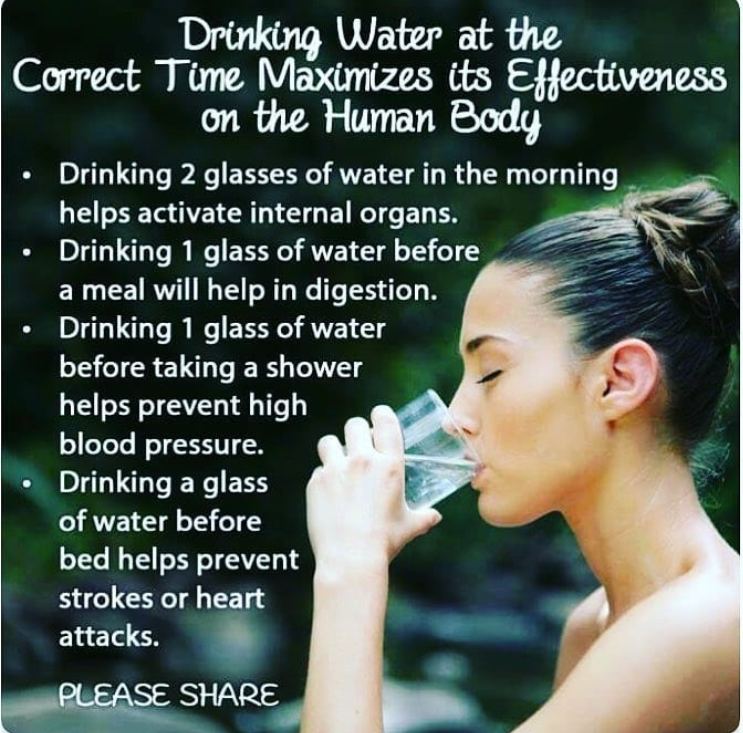
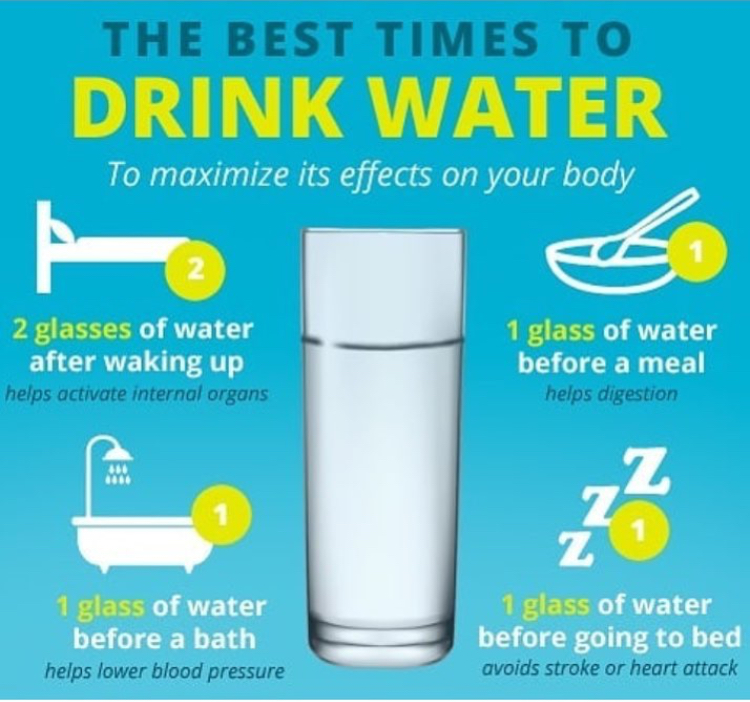
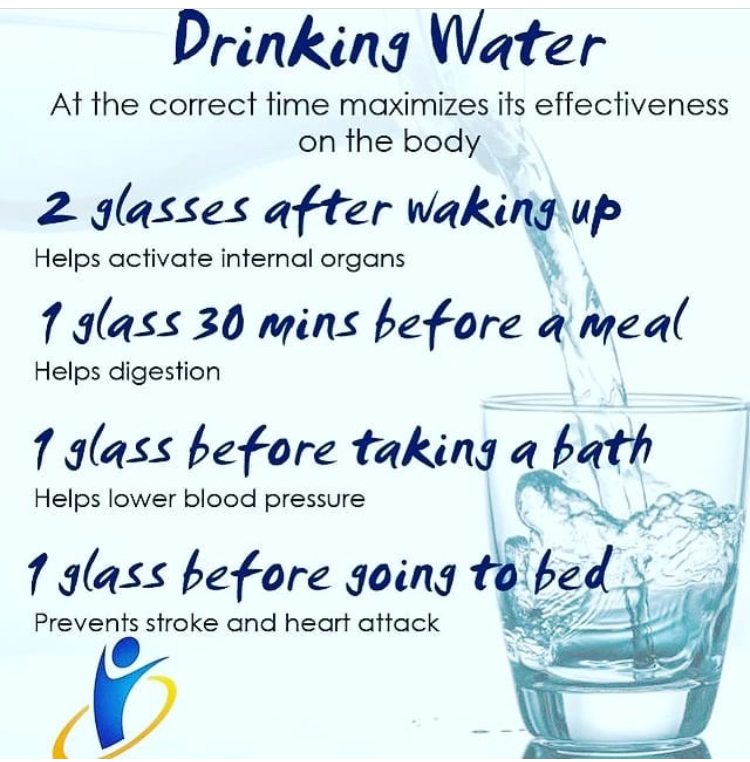
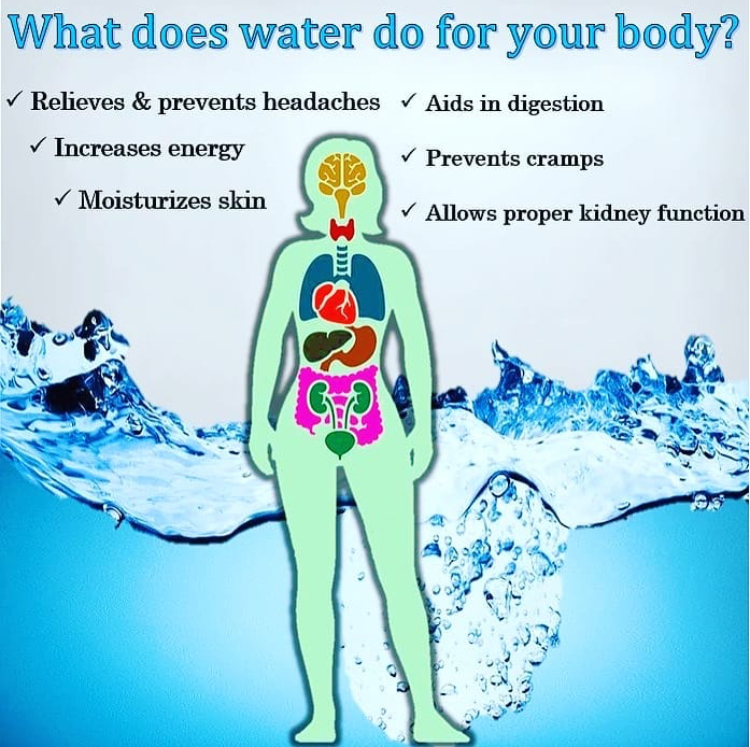
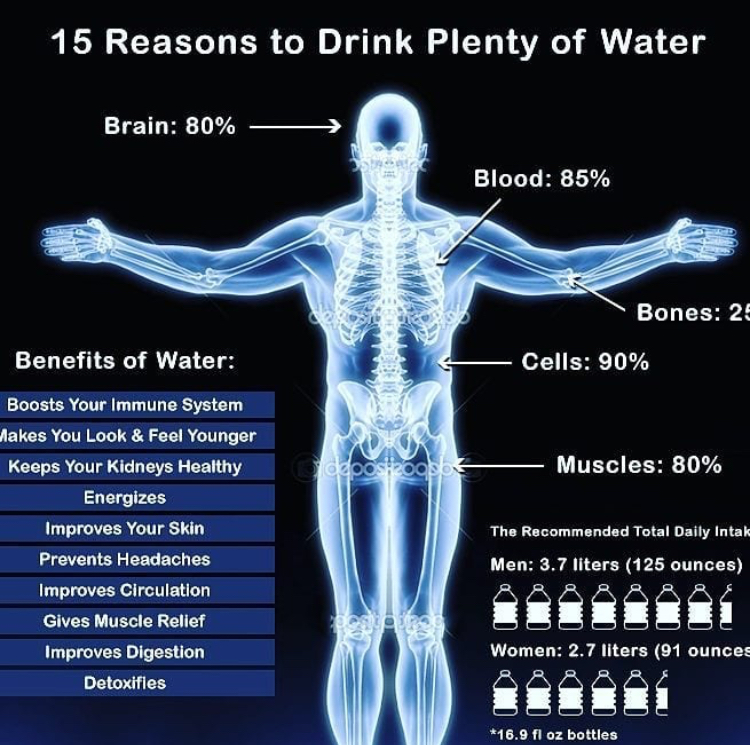
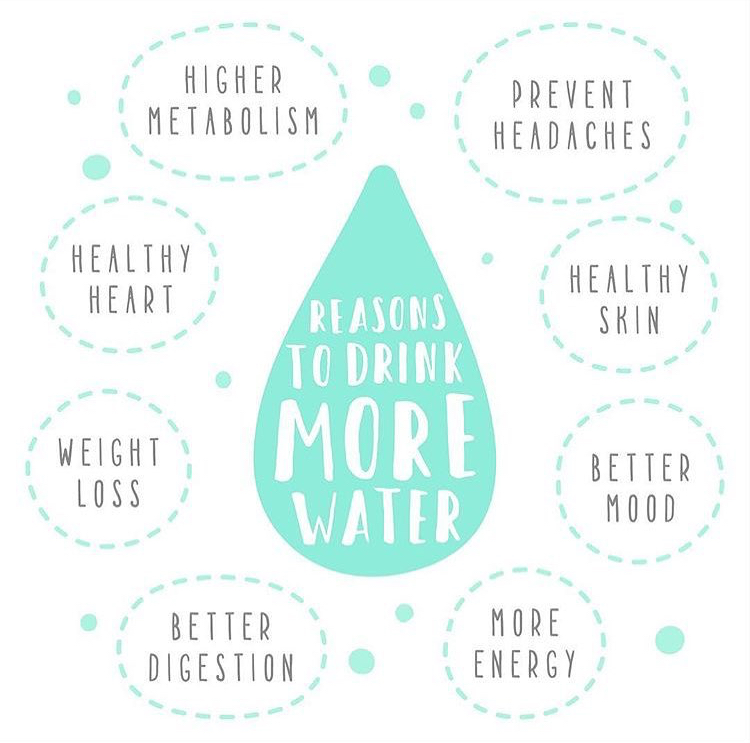
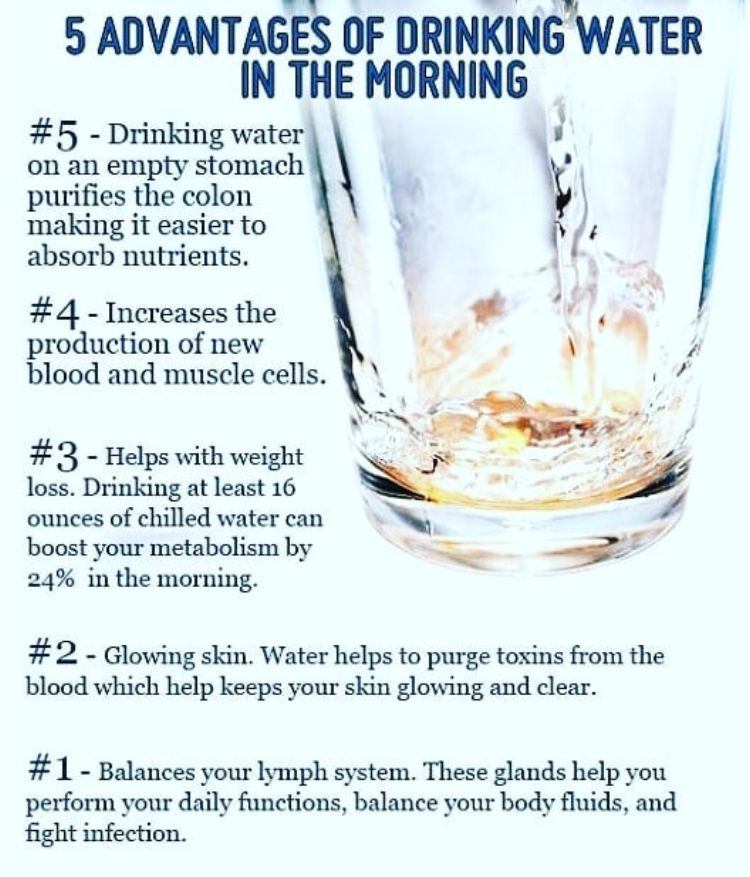
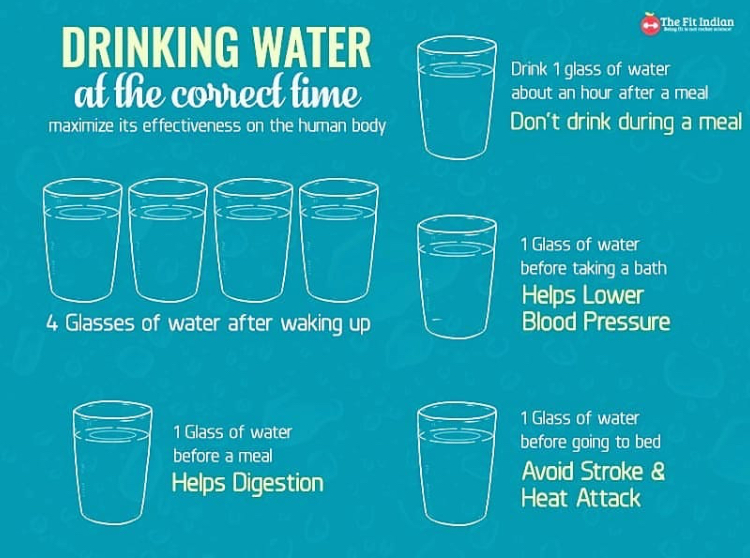
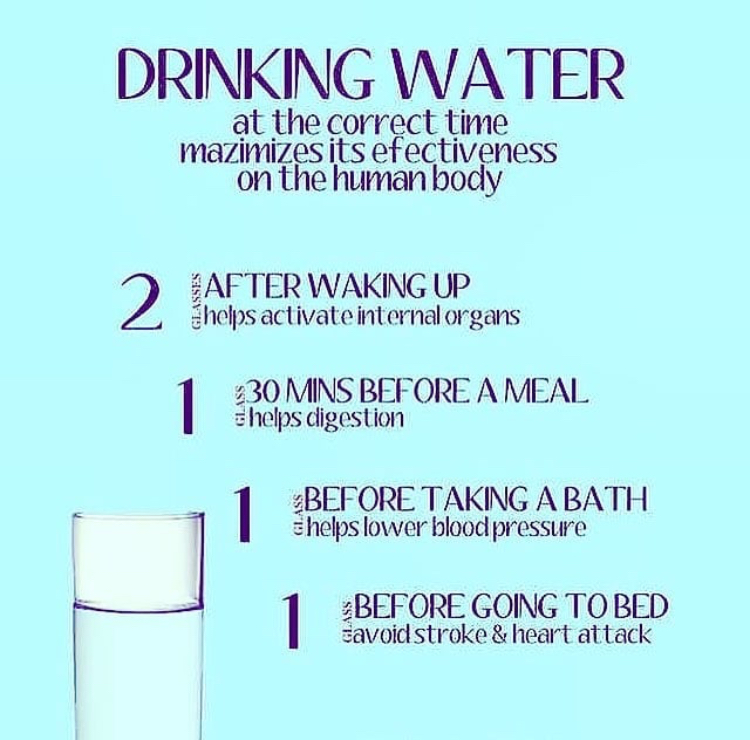
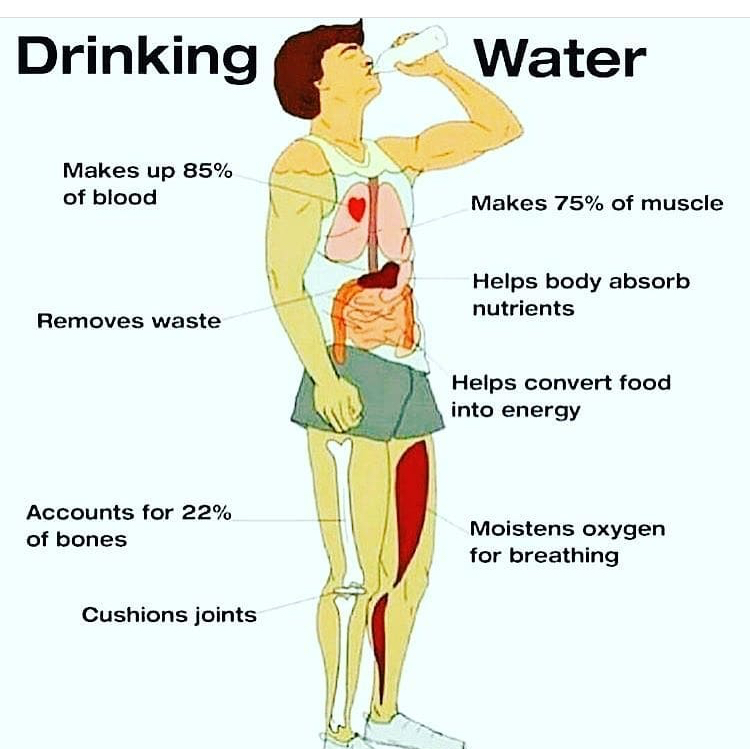





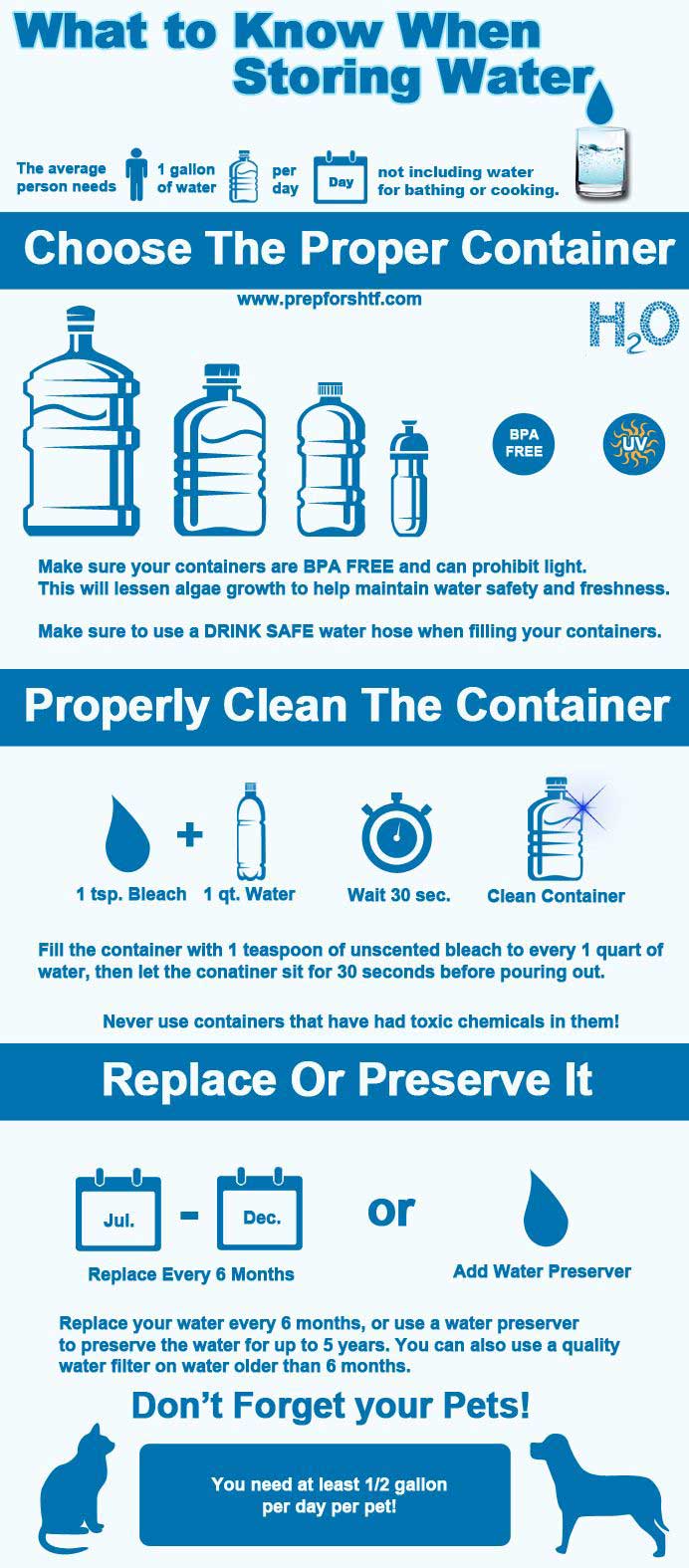


 Infographic
Infographic